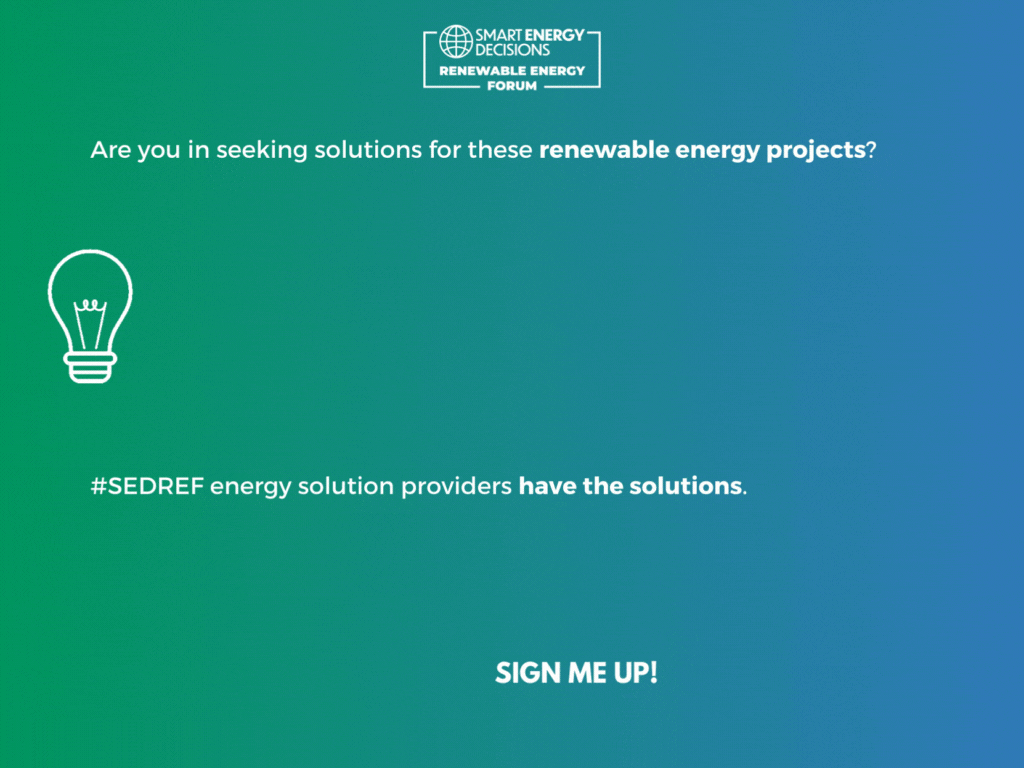GHG Emissions, Sourcing Renewables - May 7, 2020
Illinois school district preps for EV bus fleet
Triad School District in Illinois is planning a 15-year process of replacing 50% of their 27-vehicle school bus fleet with electric vehicles and will soon be receiving the first three of these vehicles pending coronavirus delays.
The district, which is outside the St. Louis suburbs, arranged for the purchase of three Motiv Type C electric school buses to be delivered this spring, but that delivery has been delayed due to the pandemic, Energy News reported. Along with many school districts around the Midwest, Triad is using funds from the Volkswagen lawsuit settlement to pay for the bus conversion. The state EPA allocated $10.8 million from the fund toward replacing the old diesel-power school buses.
Three Level 2 chargers have already been purchased, with talks underway on the purchase of a Level 3 fast charger. Currently, the school district has the capacity for six electric chargers without making changes in the grid.
“What we’re advocating for first is to get electric school buses. Secondly, vehicle-to-grid if you know where it can work. And then thirdly, we would like the power that is feeding them when they’re recharging to be solar, wind or renewables, so that we’re minimizing the carbon footprint of transporting people and children.” Susan Mudd, of the Environmental Policy Law Center in Chicago, told the publication. “Coal-fired power plants are closing down and more renewables are coming online every year. So the two things actually can help each other positively reinforce each other.”
The transition is happening at the encouragement of Ameren Illinois and the Environmental Policy Law Center in Chicago, both of which have been involved with the electrification of school bus fleets around the region. Consultants at these establishments have been very vocal about the benefits of an eventual vehicle-to-grid setup, which has been determined to save upfront costs by feeding power back into the grid while idle at night and over the summer, in addition to being less expensive to operate than constructing additional electrical infrastructure.
Stay Up-To-Date












